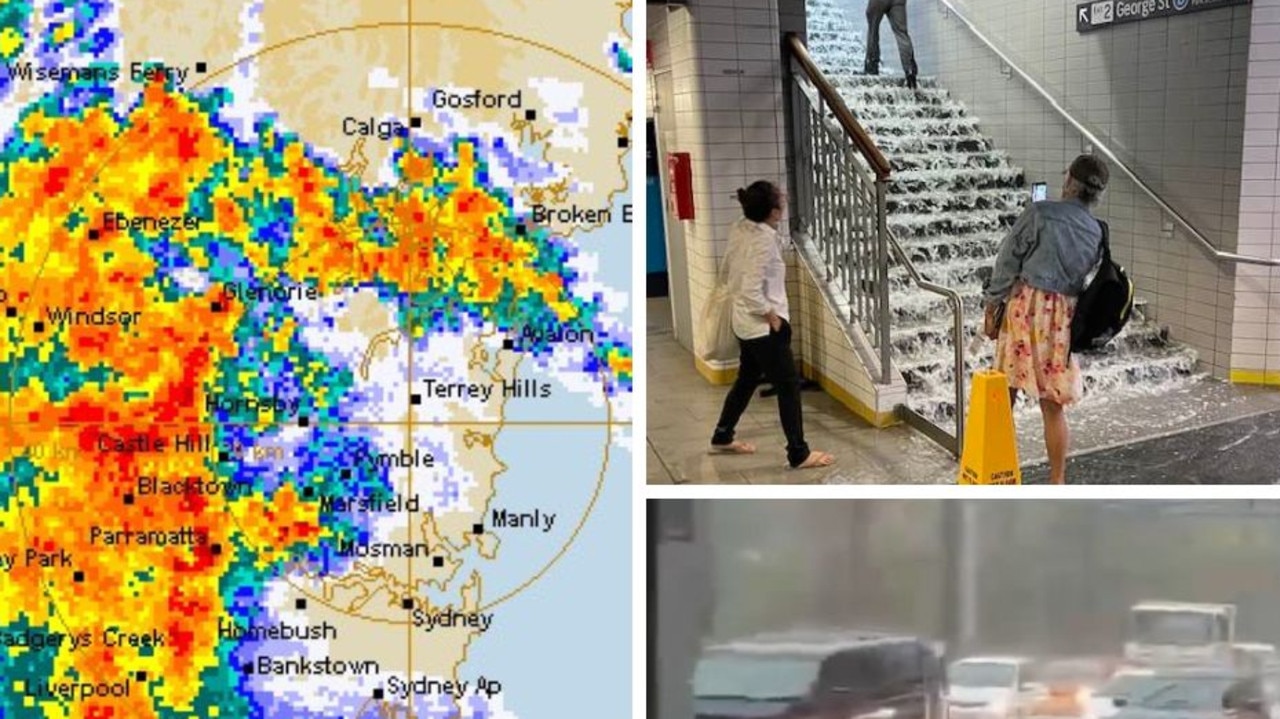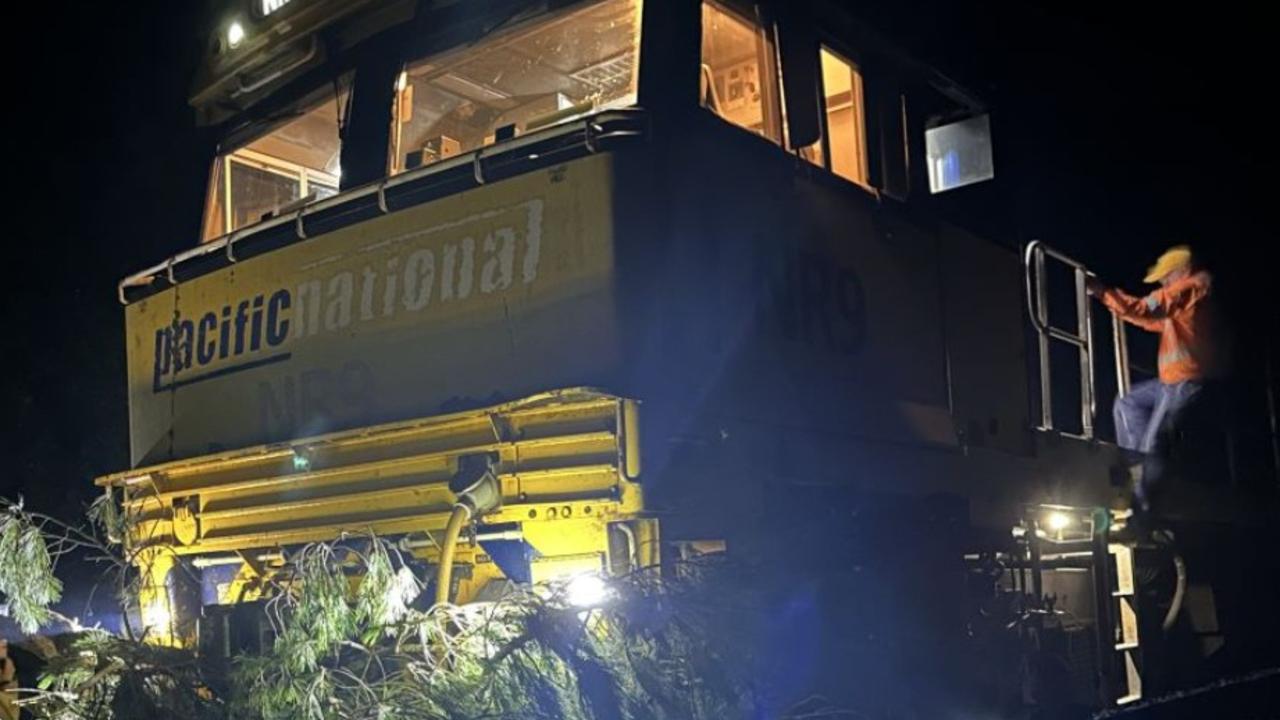Spring heatwave to scorch Sydney, fire danger high
A heatwave is coming and it means dangerous health and fire risks for millions of Aussies.
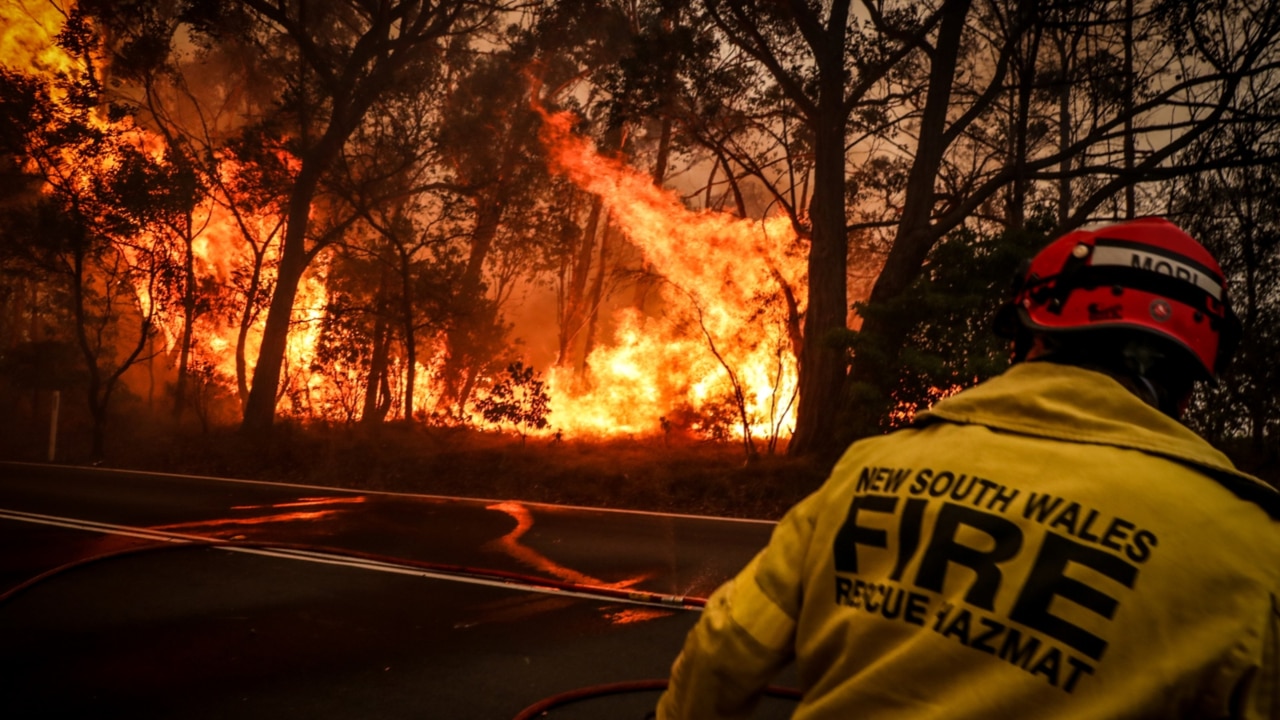
Environment
Don't miss out on the headlines from Environment. Followed categories will be added to My News.
Fire and health authorities are warning that a brutal heatwave will expose millions of Australians across NSW to dangerous health and fire risks in a five-day run of extreme temperatures.
Firefighters have been forced to stop hazard reduction burns ahead of the five-day run of temperatures above 30C due to begin on Saturday.
The fire danger ratings for Greater Sydney, Wollongong, the Upper Central West Plains and Greater Hunter regions have moved from moderate to high, which means residents should be ready to act to protect themselves and their property from fire.
NSW Health executive director of health protection Dr Jeremy McAnulty said people should minimise heat exposure with maximum temperatures in the mid to high 30s forecast for many parts of the state.
“It’s important you do not allow yourself to become too hot or dehydrated by minimising physical activity outdoors during the day and staying well hydrated by drinking water,” he said.
“Don’t wait until you’re thirsty before drinking water.
“It’s best to try and avoid the heat of the day by staying indoors and keeping curtains and blinds shut early.
“If you don’t have air conditioning, using a fan, wetting your skin with a sponge, spray or water-soaked towel can help to keep you cool.”
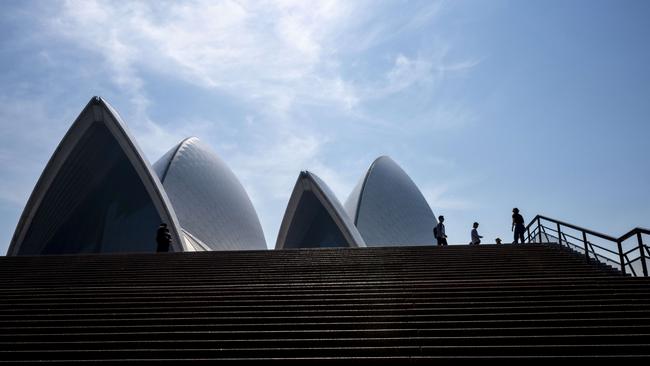
Dr McAnulty also warned the heat posed a special danger to the elderly, the very young and those with medical conditions.
“People over 65, people with chronic medical conditions and babies and young children are particularly sensitive to the heat,” he said.
“Stay in regular contact with elderly neighbours, friends and relatives who may need help.”
Heat exposure can cause severe illness, hospital admission and even death.
It can also exacerbate the risk of underlying health conditions and cause a severe medical episode such as a heart attack or difficulty breathing.
Signs of heat-related illness include dizziness, tiredness, irritability, excessive thirst, fainting, headache, changes in skin colour, rapid pulse, shallow breathing, nausea, vomiting and confusion.
Fears for thousands running in scorching heat
The warm weather has also prompted concern for the safety of tens of thousands of runners who will descend on the streets of Sydney for the city’s famous marathon on Sunday.
The 42.195km race will take runners hours to complete, with the temperature expected to hit a maximum of 28C and humidity at 65 per cent.
Sydney Marathon Race Director, Wayne Larden, issued a statement on Friday, saying the event was making the changes and moving the start time earlier as it was committed to delivering a “world-class, safe event for participants”.
“Following extensive consultation with key stakeholders including the Rural Fire Service (RFS), Bureau of Meteorology (BOM) and NSW health, organisers of Sydney Marathon will provide the following information to participants,” the statement read.
“The advice is being provided due to the expected higher than average temperature conditions forecast for the event on Sunday 17 September 2023 and provide detailed guidance to all participants on how to best take care of themselves before, during, and after the race.”
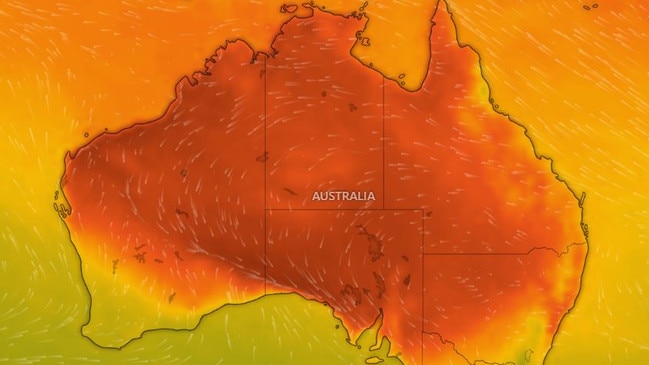
The event will now begin at 5.45am - the coolest point of the day - with 21.1km event runners expected to finish within two hours and 30 minutes.
Meanwhile, the 10km event will begin at 6.05am, with participants expected to finish throughout the morning.
The Sydney Marathon will commence at 7.10am with organisers warning participants will experience a range of temperatures throughout the event.
“The hottest part of the day will occur at 1pm, reaching 28 degrees. This will mark the 6-hour point of the event, and we expect a large portion of marathon participants to have finished,” the statement says.
A thick smoke haze has clouded the city’s skies this week and prompted health warnings as fire crews crammed in hazard reduction burns before the fire season officially begins in October.
“As we move into next week, we’re likely to see high fire danger, if not extreme fire danger and we may see some total fire bans,” NSW Rural Fire Service spokesman Ben Shepherd told Today on Friday morning.
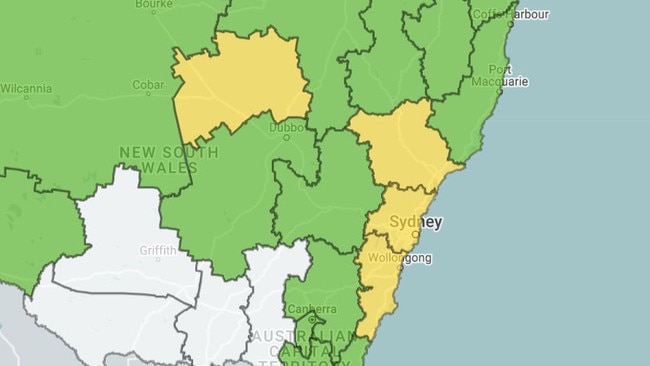
“It’s imperative that we get this work done. These are areas that didn’t burn during that awful 2019-20 fire season, so over the past week thousands of homes have been protected, thousands of lives potentially protected.”
The RFS is urging residents, even those who don’t live in high fire danger zones, to prepare now and compile an action plan in the case of bushfire.
The warmer temperatures and increased winds on Friday will help lift the smoke haze that has lingered in Sydney for most of the week.
“We have seen the smoke start to dissipate,” Mr Shepherd said.
“It has moved to the southwest overnight and we are seeing it slowly move back towards the city, so over the coming hours we could still see a little bit more smoke.
“But stronger winds tomorrow should help us start to clear out the majority of that smoke away from Sydney.”
The smoke should clear just in time for the Sydney Marathon which is already expected to be a battle against the unseasonable heat for the more than 40,000 participants plus spectators that are expected to turn out on Sunday.
Participants will run more than 42km from North Sydney across the Harbour Bridge and to the Opera House in heat that could climb to a maximum of 32C before the race is over.
The weather has prompted health concerns for runners who haven’t been training in hot conditions and face increased pressure on their body.
Health warning ahead of fire season
Sydney was ranked the third worst air quality in the world on Thursday behind Dubai and Lahore in Pakistan as a thick haze blanketed the city from hazard reduction burns.
Lung Foundation Australia urges residents, especially those living with health conditions, to be aware of extra pollutants in the air during smoky conditions.
Sydney's air quality ranked 3rd-worst in the world by @IQAir this morning, after smoke from hazard reduction burns blanketed the city's east pic.twitter.com/gvlS074rsG
— Rafqa Touma (@At_Raf_) September 13, 2023
Acting chief executive Christa Bayer explained that exposure to smoke could have serious impacts on the health of the general public and especially those living with lung conditions.
“As a bushfire burns, a mixture of fine particles and toxic gases are released into the air as smoke, and these particles (known as PM2.5) can go deep into the lungs, enter the blood and travel throughout the body,” she said.
“Short-term, breathing in these particles can exacerbate existing health issues, impair lung function and increase hospitalisation and death rates.”
Higher-risk people include those suffering from pneumonia, chronic obstructive pulmonary disease, heart disease, stroke and asthma.
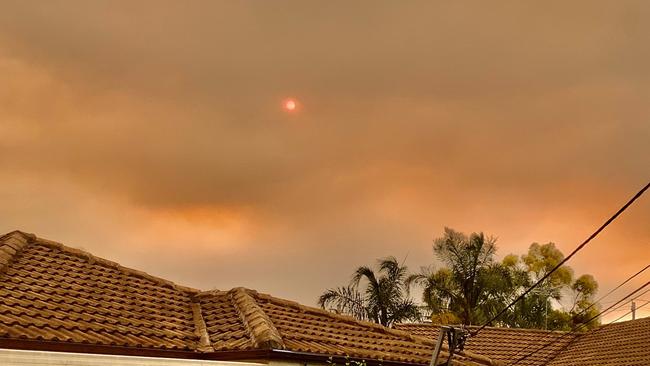
It can also extend to those experiencing the symptoms of long Covid, including shortness of breath or heart conditions.
“Those people are absolutely at higher risk and so they do need to take extra precautions because they are at higher risk of having their condition exacerbated by the bushfire smoke,” Ms Bayer said.
If you’re in an area that is particularly affected, where possible:
- Avoid physical activity outdoors (consider indoor activities instead)
- Rest more frequently
- Close windows and doors to minimise outside air coming into your home
- Switch your airconditioner (if you have one) to recycle or recirculate mode
- Follow your action plan and treatment advised by your doctor and keep your medicines close at hand
Originally published as Spring heatwave to scorch Sydney, fire danger high

